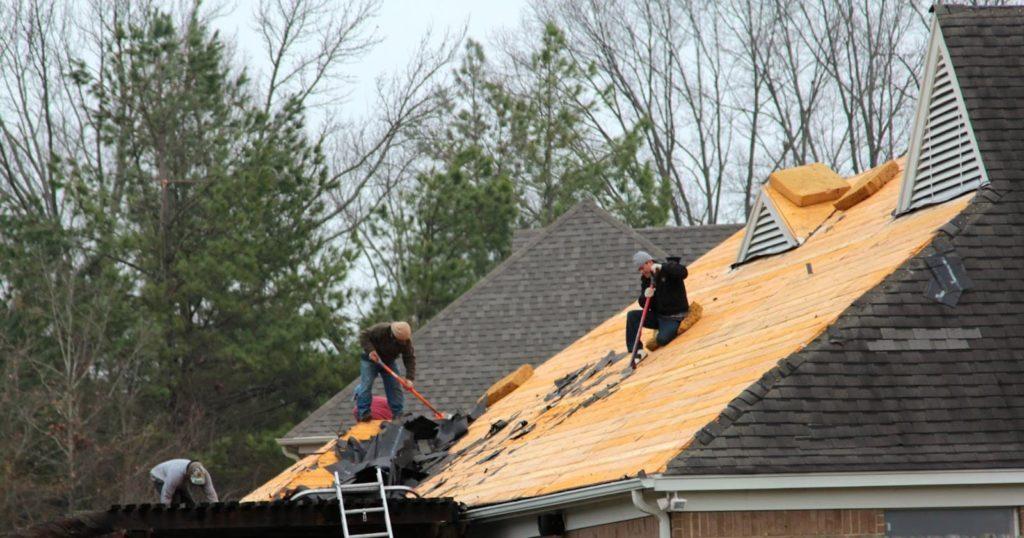When it comes to roof replacement, it’s not always necessary to replace the entire roof. In some cases, homeowners may opt to replace only half of the roof due to damage, aging, or budget constraints. Replacing half a roof requires careful planning and considerations to ensure seamless integration between the old and new sections. In this article, we will discuss the key factors and steps involved in replacing half a roof, providing you with the information you need to make informed decisions.

Assessing the Roof Condition:
Before embarking on a project to replace half a roof, it’s crucial to assess the condition of the existing roof. This assessment helps determine the extent of the damage or wear and identify the areas that require replacement. Engage a professional roofing contractor to conduct a thorough inspection and provide a detailed assessment report.
Choosing Compatible Materials:
When replacing half a roof, it’s important to select materials that are compatible with the existing roof. This ensures a seamless transition and aesthetic cohesion. Consider factors such as roofing material type, color, texture, and overall design. Consult with your roofing contractor or a design professional to identify suitable options that match the existing roof and meet your preferences.
Obtaining Permits and Complying with Regulations:
Replacing half a roof may still require obtaining permits and complying with local building regulations. Check with your local building department to determine the specific requirements for your area. Ensure that you obtain the necessary permits and adhere to any guidelines or restrictions related to the partial roof replacement project. Non-compliance can result in fines or complications in the future.
Protecting the Existing Roof:
During the roof replacement process, it’s essential to take precautions to protect the existing roof. Work with your roofing contractor to develop a plan to safeguard the undamaged section of the roof. This may involve using protective coverings or tarps to prevent debris, tools, or falling materials from damaging the unaffected portion of the roof. Careful execution of these protective measures ensures that the existing roof remains intact and undamaged during the replacement process.
Seamless Integration of Old and New Sections:
To achieve a visually cohesive look, it’s crucial to focus on achieving seamless integration between the old and new sections of the roof. This involves meticulous attention to detail during the installation process, including proper alignment of roofing materials, blending of colors, and ensuring consistent design elements. Experienced roofing contractors can employ techniques and methods to achieve a seamless transition, making the replaced half appear as if it were part of the original roof.
Ongoing Maintenance and Upkeep:
Once the replacement is complete, it’s important to continue with regular maintenance and upkeep of the entire roof. This includes routine inspections, cleaning of gutters, and addressing any potential issues promptly. By maintaining the entire roof, including the replaced section, you can maximize its lifespan and ensure its optimal performance for years to come.
Conclusion:
Replacing half a roof requires careful planning, assessment, and attention to detail. By assessing the roof condition, choosing compatible materials, obtaining necessary permits, protecting the existing roof, achieving seamless integration, and ensuring ongoing maintenance, you can successfully replace half of your roof. Consult with a reputable roofing contractor who specializes in partial roof replacements to guide you through the process. With proper execution, you can restore the functionality and aesthetics of your roof while addressing specific areas of concern or need.



Leave a Reply